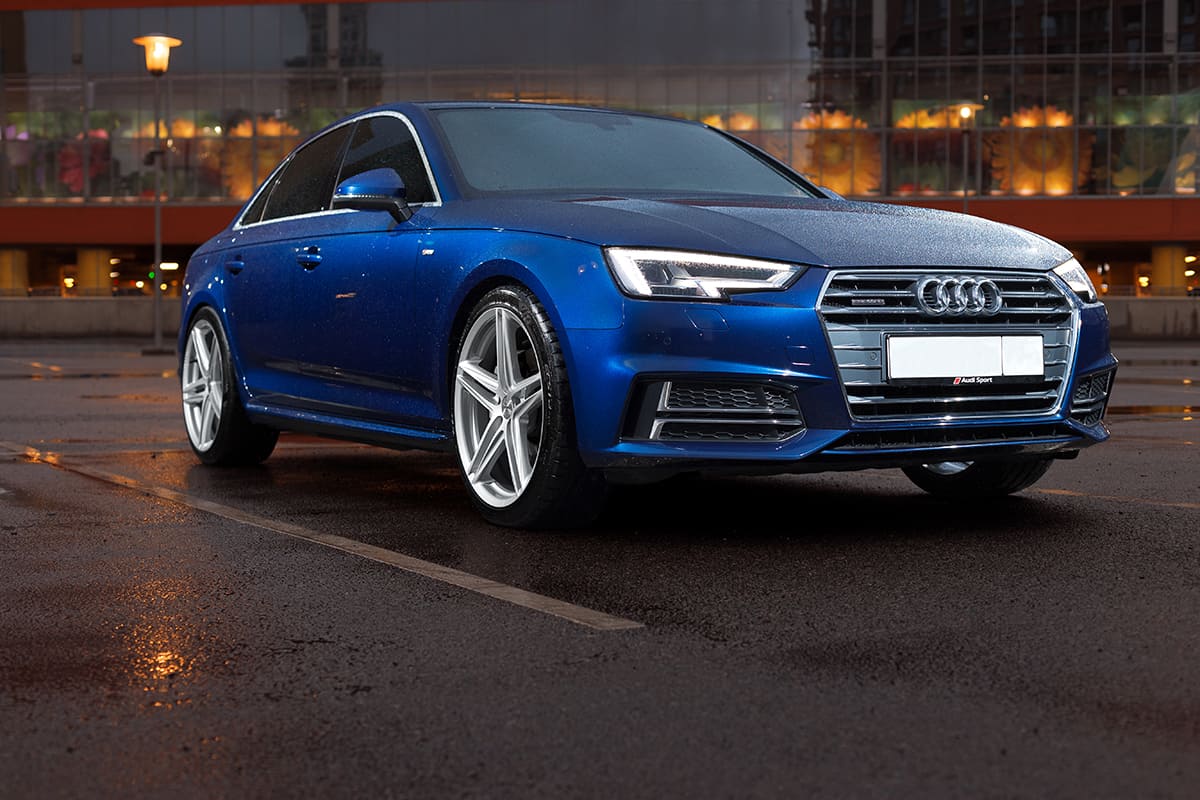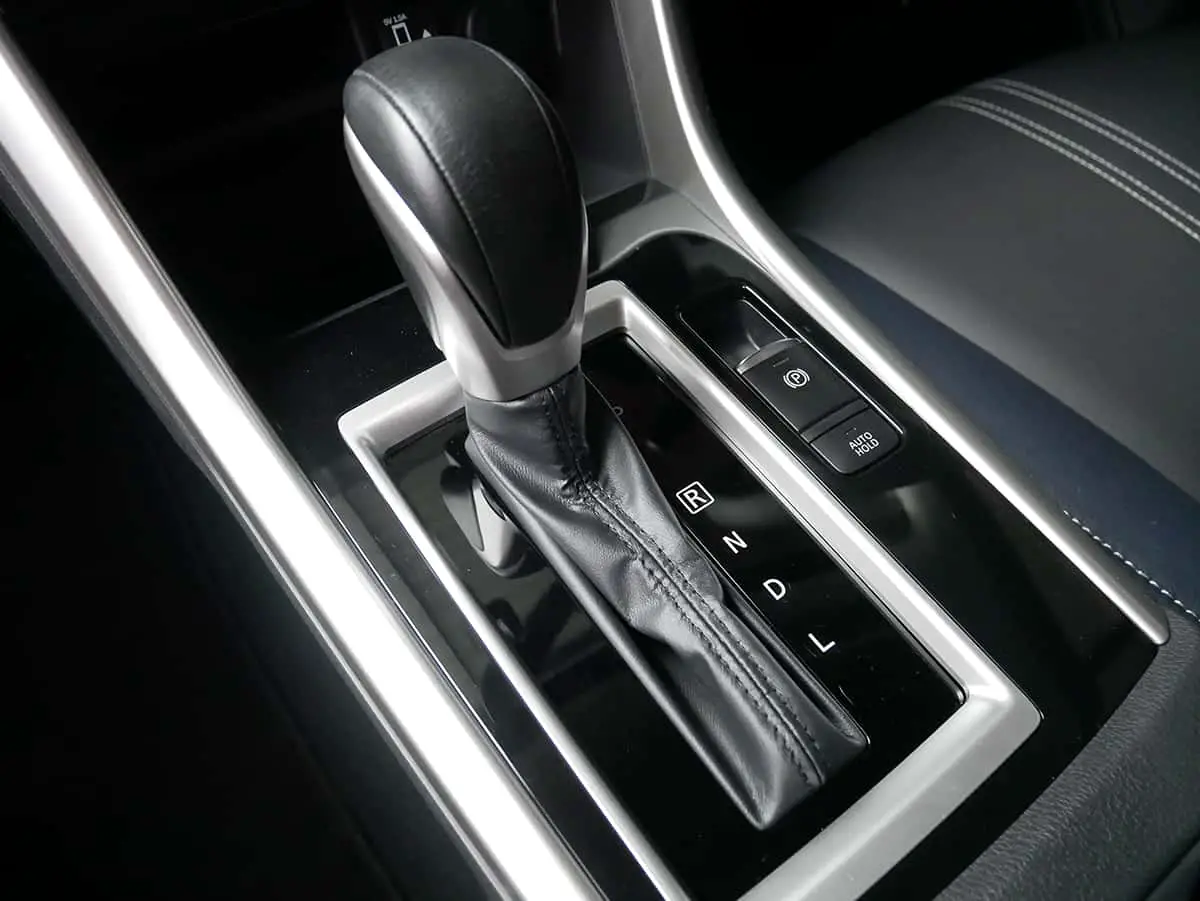In the intricate world of automobiles, the term “CVT” is fast becoming a familiar one. “CVT” stands for Continuously Variable Transmission, a technology that has found its way into an increasing number of vehicles. CVT’s introduction to the automobile industry has undoubtedly shaken up the playing field, prompting numerous discussions on its efficacy, longevity, and impact on vehicle performance.
CVT, or Continuously Variable Transmission, is a unique type of automatic transmission that provides more efficient and smoother power delivery compared to traditional transmissions. Some of the most well-known cars with CVT transmissions include:
- Honda Fit
- Toyota Corolla
- Nissan Altima
- Subaru Legacy
- Subaru Forester
- Honda CR-V
- Sports Cars
- Infiniti QX60
- Audi A4
- Lexus ES Hybrid
This article will delve into the details of CVT, the benefits and drawbacks of this technology, and most importantly, highlight the various cars that employ a CVT transmission.
A Brief History of CVT Transmission
Continuously Variable Transmission (CVT), a term frequently heard in the automotive world today, isn’t as modern as one might believe. The concept of CVT dates back to the late 15th century and was included in the brilliant array of ideas conceived by Leonardo da Vinci.
The first patent for a workable CVT was issued in 1886 to a man named Daimler. His invention, though rudimentary, laid the groundwork for the future development of CVTs.
Over the years, technological advancements have led to improvements and refinements in CVT design. Initially, CVTs were mostly limited to small vehicles due to their inability to handle high torque. However, as the technology evolved, CVTs began to find their way into larger, more powerful vehicles.
The turning point for CVT came in the late 20th century, specifically in 1992, when Nissan introduced its proprietary CVT technology, the Extroid CVT (PDF). Nissan’s Extroid was the first CVT that could handle the torque of a V6 engine, marking a significant breakthrough in CVT technology. With Extroid, Nissan changed the face of CVT and paved the way for other manufacturers to consider CVT for their own vehicles.
Today, CVTs have become commonplace in the automotive market. Despite some challenges and criticism, the CVT’s journey is far from over, with continual advancements expected in response to the shifting dynamics of the automotive industry.
Benefits and Drawbacks of CVT Transmission
If you’re looking to purchase a car with a CVT transmission, you should first understand its benefits and drawbacks.
Benefits of CVT
- Enhanced Fuel Efficiency—CVTs provide an infinite number of “gears” that allow the engine to operate at its most efficient speed, regardless of whether you’re accelerating, cruising, or towing. This feature results in optimal fuel consumption, making CVTs a popular choice in a world increasingly focused on energy conservation.
- Smooth and Seamless Gear Changes—In traditional transmissions, drivers can feel the gear shifts as the car accelerates or decelerates. CVTs eliminate these shifts by continuously adjusting the gear ratio, making for a smoother ride. Whether you’re accelerating onto a highway or navigating stop-and-go city traffic, CVTs maintain consistent power delivery without any shift shocks.
- Long-term Maintenance—Generally, CVTs have fewer parts, which can translate to fewer potential points of failure. Additionally, CVTs don’t require periodic clutch replacements like manual transmissions, which can save on long-term maintenance costs.
Drawbacks of CVT
- Unsettling Drone Sounds—Unlike traditional transmissions, which change gears at specific RPMs, CVTs can hold the engine at high RPMs during acceleration, causing a constant “drone” noise. This can be off-putting for some drivers, especially those accustomed to the gear-shift noises of a traditional transmission.
- Durability Issues—Some early CVT designs faced durability issues, especially when handling high-torque situations. Though modern CVTs have undergone significant improvements, these early issues have raised questions about CVT’s overall lifespan compared to traditional transmissions.
- Steep Repair Costs—This is due, in part, to the complexity of CVT systems and the fact that many parts are not serviceable individually, requiring the replacement of the entire transmission in some cases. It’s important to consider these potential costs when deciding on a vehicle with a CVT.
Popular Cars with CVT Transmission
Over the years, CVT has become a staple in the auto industry due to its fuel efficiency and smooth driving experience. A variety of vehicles across segments, from compact cars to SUVs, now utilize this technology. Here’s a closer look at some popular models.
Compact Cars: Honda Fit, Toyota Corolla
Compact cars are favored for their fuel efficiency, making them perfect candidates for CVT technology. The Honda Fit is one such compact car that has adopted CVT. Known for its roomy interior and versatile cargo space, the Fit is an economical choice that pairs its 1.5-liter four-cylinder engine with a CVT for smooth and efficient performance.
Another iconic compact car, the Toyota Corolla, also features a CVT. Corolla’s CVT helps the car deliver a fuel-efficient performance without compromising on the driving experience. Toyota has even incorporated a physical first gear in newer models for a more natural feel during initial acceleration.
Sedans: Nissan Altima, Subaru Legacy
Sedans have also embraced CVT technology. The Nissan Altima features Nissan’s XTRONIC CVT, which boasts of a wide gear ratio for efficient high-speed cruising and responsive acceleration. Paired with a comfortable interior and advanced safety features, the Altima’s CVT contributes to a pleasing overall driving experience.
On the other hand, the Subaru Legacy pairs its standard all-wheel-drive system with a CVT, providing a stable and fuel-efficient ride. Subaru’s CVT, also known as Lineartronic, has been designed to work seamlessly with their Boxer engines and Symmetrical All-Wheel Drive systems for optimum performance and fuel efficiency.
SUVs: Subaru Forester, Honda CR-V
CVT technology is not limited to compact cars and sedans but is also found in popular SUV models. The Subaru Forester, for instance, is a compact SUV that combines a robust all-wheel-drive system with a CVT. This setup ensures a comfortable ride, whether you’re on the highway or off-road trails.
The Honda CR-V also utilizes a CVT. The CR-V’s CVT aids in providing a smooth, efficient, and quiet ride, complementing the SUV’s spacious interior, versatile cargo space, and a suite of safety features.
Sports Cars: Subaru WRX
Sports cars, which prioritize performance and responsiveness, have also started to include CVTs in their lineup. A notable example is the Subaru WRX, a performance sedan famed for its rally heritage. In addition to its turbocharged engine and all-wheel drive, the WRX offers a CVT option for those seeking an automatic transmission without losing performance benefits.
Luxury Cars with CVT Transmission
Luxury vehicles are not immune to the appeal of CVT and its numerous benefits. Many renowned luxury car brands have adopted CVT technology to enhance the performance of their vehicles. Here’s a look at some luxury cars with CVT.
Audi A4 and A6

Audi, one of the world’s leading luxury car manufacturers, has a rich history of using CVT in their vehicles. The Audi A4 and A6 models were once equipped with Audi’s Multitronic CVT, designed to handle high-torque applications. This transmission aimed to offer the efficiency benefits of a CVT without sacrificing performance or driving feel. Paired with Audi’s robust engines and sophisticated Quattro all-wheel drive, Multitronic contributed to a smooth and fuel-efficient ride.
Lexus ES

The Lexus ES, a luxury sedan from Toyota’s luxury division, also features a CVT as part of its hybrid powertrain. In this system, known as the Hybrid Synergy Drive, an electronic CVT works in conjunction with an electric motor and a gasoline engine to provide smooth, efficient performance. The ES’s CVT contributes to a serene driving experience that’s in line with the model’s focus on comfort and luxury.
Infiniti QX60

Infiniti, Nissan’s luxury division, uses the XTRONIC CVT in its QX60 model, a midsize luxury SUV. The QX60 combines a 295-horsepower V6 engine with a CVT for a smooth and responsive ride. The CVT’s infinite gear ratios allow the engine to operate at optimal efficiency, whether you’re accelerating hard or cruising at highway speeds. This makes for a vehicle that is not only luxurious but also practical and fuel-efficient. The latest QX60, however, no longer features a CVT transmission.
FAQs
1. How does CVT improve fuel efficiency?
CVT improves fuel efficiency by utilizing an infinite number of gear ratios. Unlike traditional transmissions, which switch between a fixed set of gears, a CVT constantly adjusts the gear ratio to ensure the engine operates at its most efficient RPM regardless of the vehicle’s speed. This results in less wasted energy and more efficient fuel use, contributing to improved miles per gallon.
2. What does a CVT Transmission feel like to drive?
Driving a car with a CVT can feel different compared to a traditional automatic or manual transmission. CVTs provide a smooth, uninterrupted acceleration as they don’t have to shift gears. This means you won’t experience the shift shocks or pauses in power delivery that you might with traditional transmissions. However, under hard acceleration, a CVT can cause the engine to rev high and stay there, which can lead to a continuous engine noise some drivers might find unfamiliar.
3. What should I do if I have issues with my CVT transmission?
If you’re experiencing issues with your CVT, such as unusual noises, shuddering during acceleration, or a delay in response, it’s important to have your vehicle inspected by a professional mechanic as soon as possible.
CVTs can be more complex and costly to repair compared to traditional transmissions, so addressing any problems early can help avoid more extensive damage. Regularly servicing your transmission, including fluid changes, can also help maintain the performance and longevity of your CVT.







